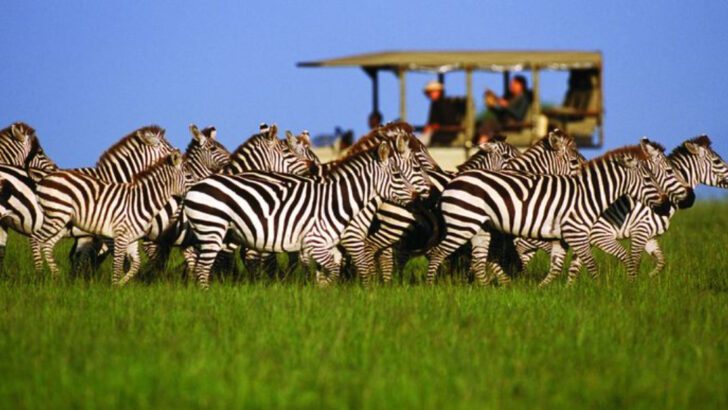They don’t roar from cages—they own the land. On African safaris, some animals don’t just appear—they command attention. They move through the brush like legends, pop out of the grasslands like ghosts, or charge out of nowhere with a force that shakes your bones. Tourists come for the lions and elephants, but it’s often the unexpected stars that steal the show. A silent leopard lounging in a tree. A cheetah staring you down from the hood of your jeep. Or a giraffe sprinting like it’s floating on air. These aren’t just photo ops. They’re heart-pounding, eye-widening, jaw-dropping moments you never forget. And these 10 wild animals? They’ve stunned even the most seasoned safari-goers.
African Elephant
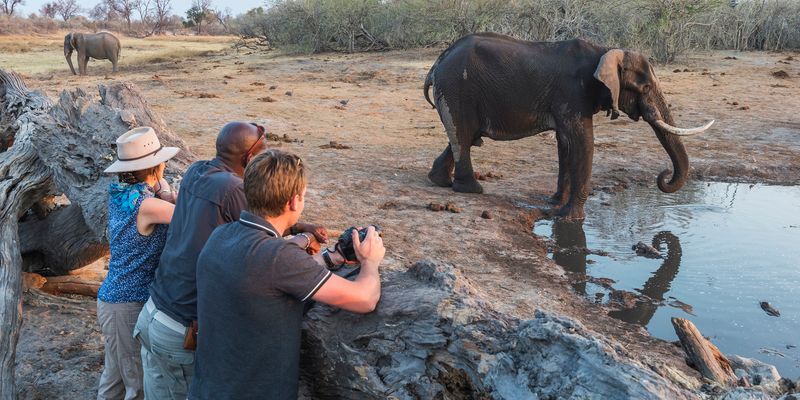
With ears as large as the African plains themselves, the African elephant is a true giant of the safari. These gentle behemoths traverse the savannas with grace, their trunks swaying rhythmically. Watching an elephant family interact, with calves playfully weaving between the adults’ legs, is a heartwarming experience.
Their sheer size and silent communication through low-frequency rumbles add an enigmatic aura. Did you know? African elephants are known for their remarkable memory and intricate social structures, making them a subject of fascination for wildlife enthusiasts.
Spotting these magnificent creatures in the wild is a must for any safari-goer.
Lion
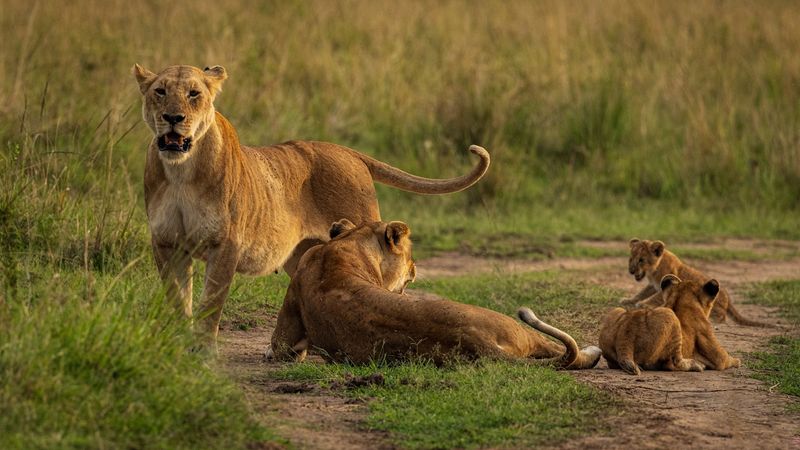
Often dubbed the “King of the Jungle,” the lion’s majestic presence commands attention. With a mane as regal as a crown, this apex predator exudes power and elegance. Safari-goers hold their breath as they witness a lion pride strategizing their next move.
The roar of a lion, audible from five miles away, is an unforgettable soundtrack of the African wilderness. These social cats thrive in prides, showcasing cooperation and leadership.
A sighting of a lion basking in the sun or prowling through the tall grasses is a thrilling highlight of any safari.
Cheetah
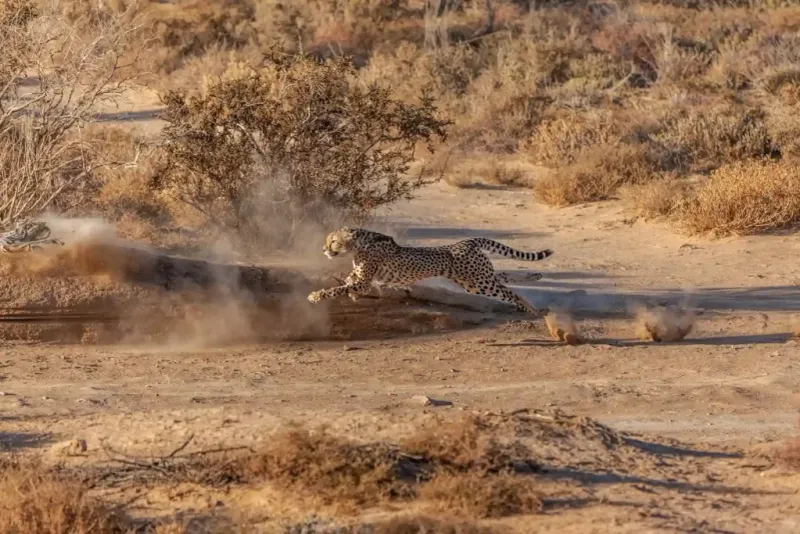
Elegance meets velocity in the form of the cheetah, nature’s speedster. Known for its breathtaking acceleration, this feline is built for speed, clocking in at 60 mph in mere seconds. The cheetah’s sleek, aerodynamic body and distinctive tear marks are a testament to its hunting prowess.
Onlookers are transfixed as they witness the cheetah’s explosive sprint after prey. These solitary hunters navigate their territory with a keen eye, ever alert to opportunity.
Watching a cheetah in action is witnessing nature’s perfect blend of grace and power, making it a must-see on any safari.
Giraffe
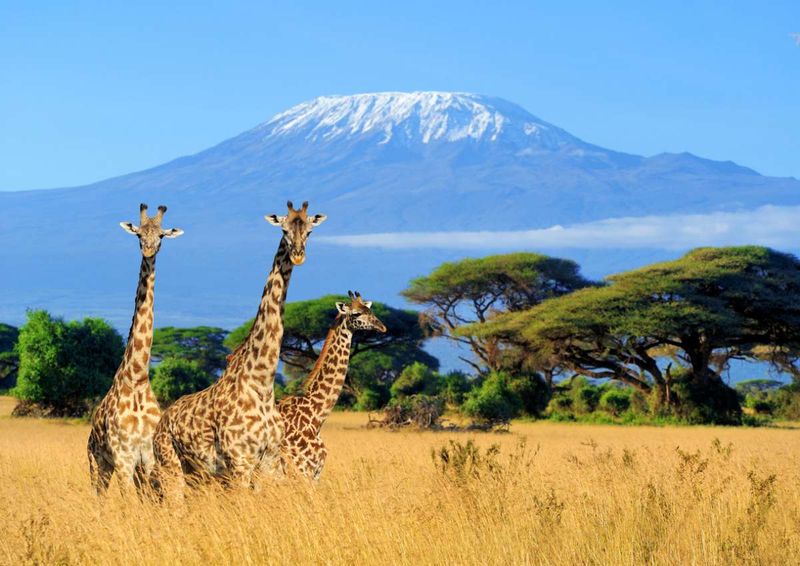
Towering above the acacia trees, giraffes are the gentle giants of the African bush. Their long necks and striking patterns make them easily recognizable and endlessly captivating. Observing a giraffe’s languid movements as it browses the treetops is a serene experience.
These herbivores have a unique gait, moving both legs on one side and then the other, allowing for smooth, graceful strides. Did you know? Giraffes have the same number of neck vertebrae as humans—just more elongated.
Their tranquil presence adds a touch of elegance to the wild landscapes of Africa.
Hippopotamus
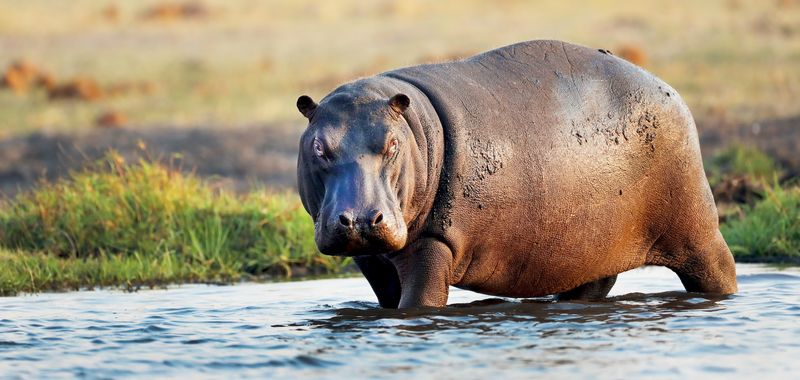
With a name meaning “river horse,” the hippopotamus is a fascinating blend of aggression and playfulness. Found submerged in rivers, these massive creatures are more agile in water than on land. Their distinctive yawns reveal formidable teeth, a display both intriguing and intimidating.
Despite their bulk, hippos can outrun a human on land, showcasing surprising speed and agility. They play a crucial ecological role, their movement in water channels aiding in nutrient distribution.
Observing these intriguing animals in their watery habitat is a captivating highlight of any safari adventure.
Rhinoceros
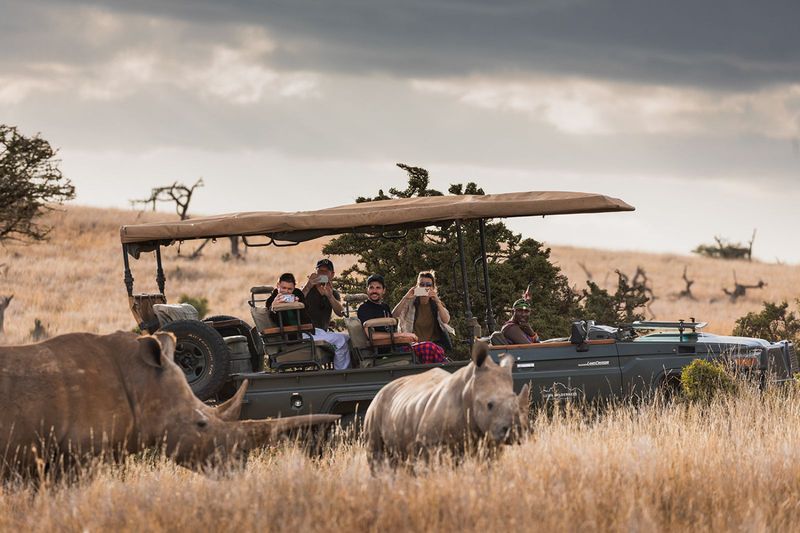
The rhinoceros, a creature of prehistoric grandeur, roams the African savannas with a quiet strength. Its thick, armor-like skin and iconic horn make it a symbol of resilience and vulnerability. These solitary grazers prefer the company of their own kind, often seen wallowing in mud.
Rhinos play a vital role in their ecosystem, helping shape the landscape by trampling vegetation and creating microhabitats. Facing the threat of poaching, they are a poignant reminder of the conservation challenges safari animals endure.
Encountering a rhino in the wild is both humbling and awe-inspiring.
Zebra
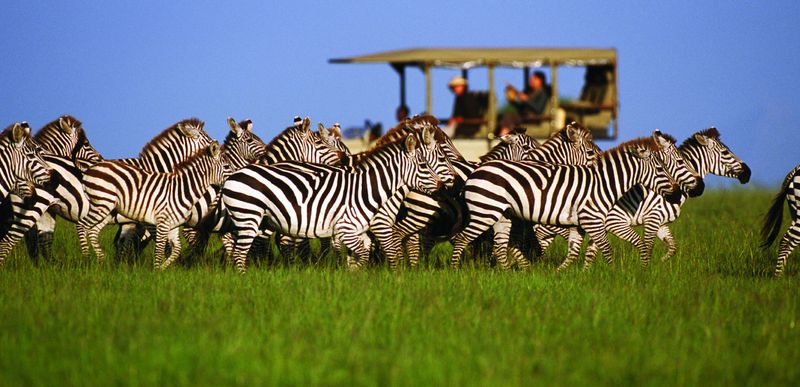
With stripes as unique as fingerprints, zebras are the quintessential icons of the African plains. These social animals often form large herds, their stripes creating a dazzling spectacle. The zebra’s black-and-white pattern serves as both camouflage and a visual delight.
Safari enthusiasts delight in watching zebras interact, their playful nips and nudges showcasing strong social bonds. Did you know? Each zebra’s stripe pattern is unique, much like human fingerprints.
Their vibrant presence and spirited interactions make zebras a delightful addition to any safari experience.
Leopard
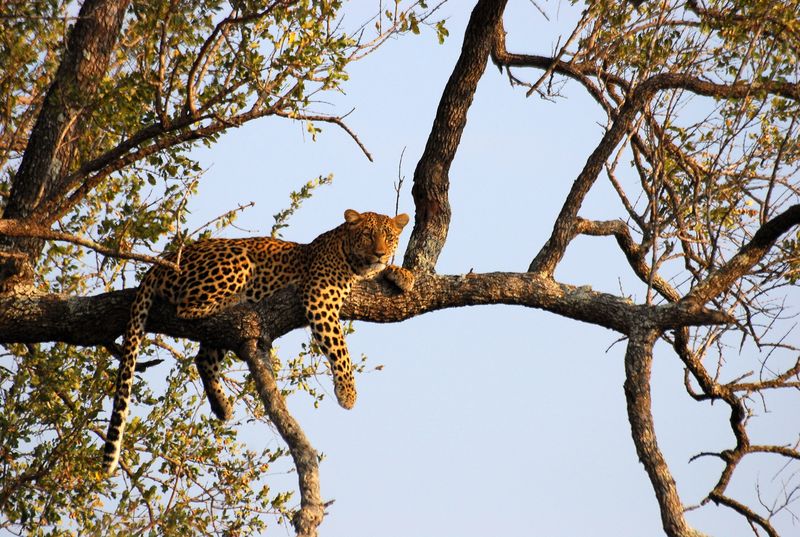
Mysterious and elusive, the leopard is a master of stealth and secrecy. With its rosette-patterned coat blending seamlessly into the foliage, spotting one is a rare and rewarding feat. Leopards are solitary hunters, known for their strength in dragging prey up trees.
Their elusive nature adds an element of surprise and excitement to safari expeditions. As night falls, leopards become active, their graceful movements and piercing eyes casting a spell.
Encountering a leopard in the wild is a testament to patience and luck, offering a glimpse into nature’s enigma.
Buffalo
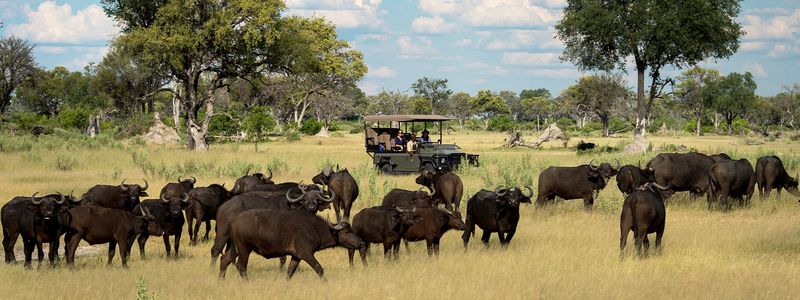
The African buffalo, with its imposing frame and formidable horns, embodies the spirit of the wild. Known for their unpredictable nature, these herd animals are both revered and feared. Safari-goers are awed by the buffalo’s strength and unity.
Buffalo herds move as one, driven by an instinct to protect their own. Their horns, used in displays of dominance, are a symbol of resilience. Did you know? Despite their bulk, buffalo are agile and swift, capable of fending off predators like lions.
Witnessing a buffalo herd in action is a thrilling spectacle.
Wildebeest
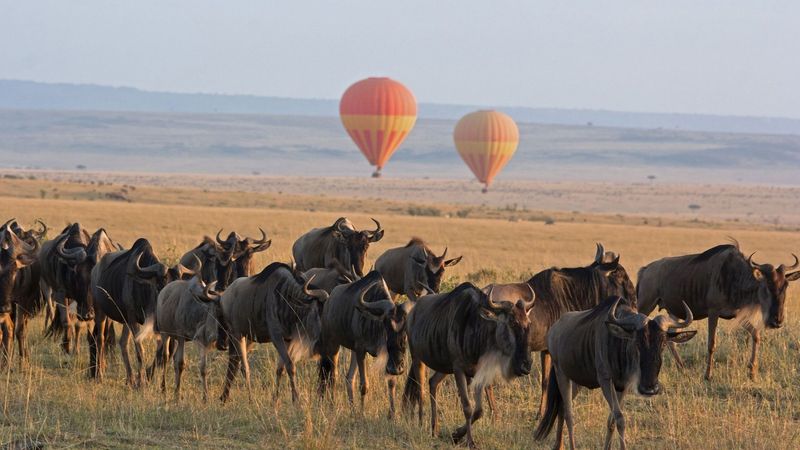
The wildebeest migration is one of nature’s most awe-inspiring spectacles. These grazers, with their distinctively awkward gait and bearded faces, form vast herds traversing the plains. The sheer scale of their migration, as they follow ancient routes, is a sight to behold.
Wildebeest play a pivotal role in the ecosystem, their movement shaping the landscape and benefiting other species. Did you know? The Great Migration involves over a million wildebeests, zebras, and gazelles.
Observing this natural phenomenon is a testament to the raw power and beauty of the animal kingdom.

